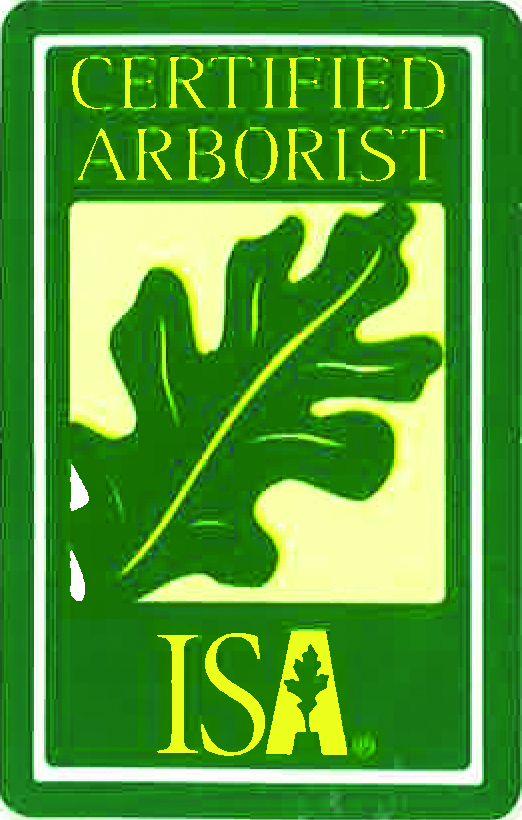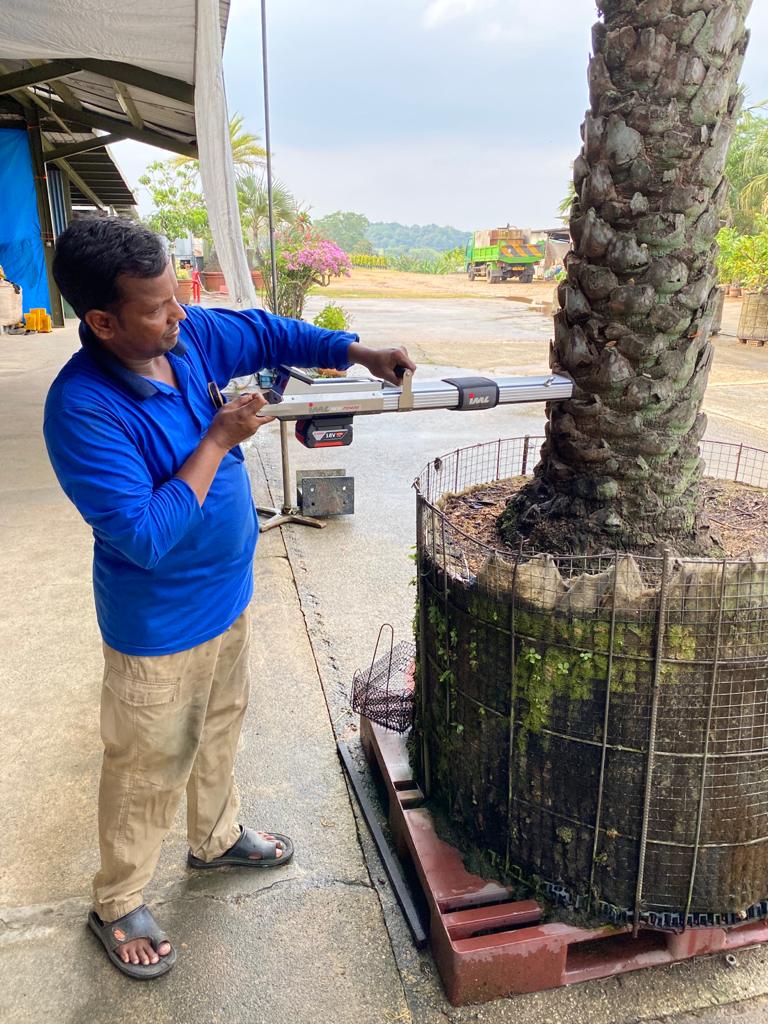Assessment

Tree Health & Risk Assessment by an ISA-Certified Arborist
Our Services include:
1. Tree Inspection using the Visual Tree Assessment (VTA) method
2. Level 1: Basic Assessment (Drive by)
3. Level 2: Basic Assessment (360 Degree Inspection)
4. Level 3: Advanced Assessment (Resistograph)
5. Construction Impact Assessment
6. Submission of Arborist Report
- Why do we need tree inspections?
- Trees are living, biological organisms that have been around in this world for millions of years. Research has shown that they bring significant physical and intangible health, social well-being, environmental, economic, historical and cultural benefits to us and it is extremely important to preserve and conserve them. They need to be regularly inspected and checked to ensure that their health can be preserved and protected for a longer time and mitigate any defects that may appear over time. With more inspections, we can minimize the risks of fallen trees and prevent the occurrence of similar incidents.

Tree Resistograph Services
Our Services include:
1. IML RESI PowerDrill Resistograph (PD 400)
2. Measures wood strength and detects internal cavities or decay that is undetectable by VTA method
3. Provision of test results
- Why do we need to use resistographs?
- Resistographs have the ability to detect internal cavities or decay that are undetectable by the Visual Tree Assessment method. This is important during tree assessments as it enables any internal cavities or decay to be detected early so that mitigation measures can be implemented at a timely manner. Not only does this greatly minimizes and ensures the prevention of tree failure incidents including catastrophic physical and economical damages, it also determines whether the tree can be retained and preserved for a longer period and gives greater legitimacy of not removing trees haphazardly.

Landscape Assessment by a Certified Practising Horticulturist
Our Services include:
1. Inspection by Certified Practising Horticulturist
2. Identify current plant defects and provide recommendations for improvement
3. Submission of soil samples to the laboratory for further analysis
4. Interpretation of laboratory results
5. Submission of report
- Why do we need landscape assessments?
- Landscape assessments provide a greater warranty against defects and failures and minimize the environmental and economical impact of wastage and costs of replacement of the entire landscape. Regular assessments allow an early detection of defects and failures that can prevent gastronomical costs of replacing numerous plants especially when these defects are addressed at the initial stage. We believe in advising and recommending hardy, low-cost and low-maintenance viable environmental solutions that can sustain and withstand the test of time.
